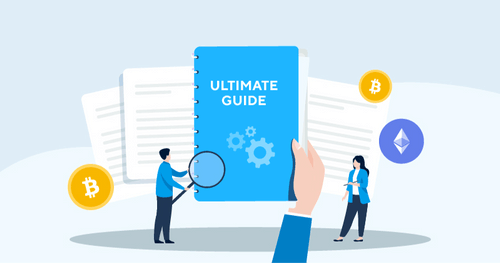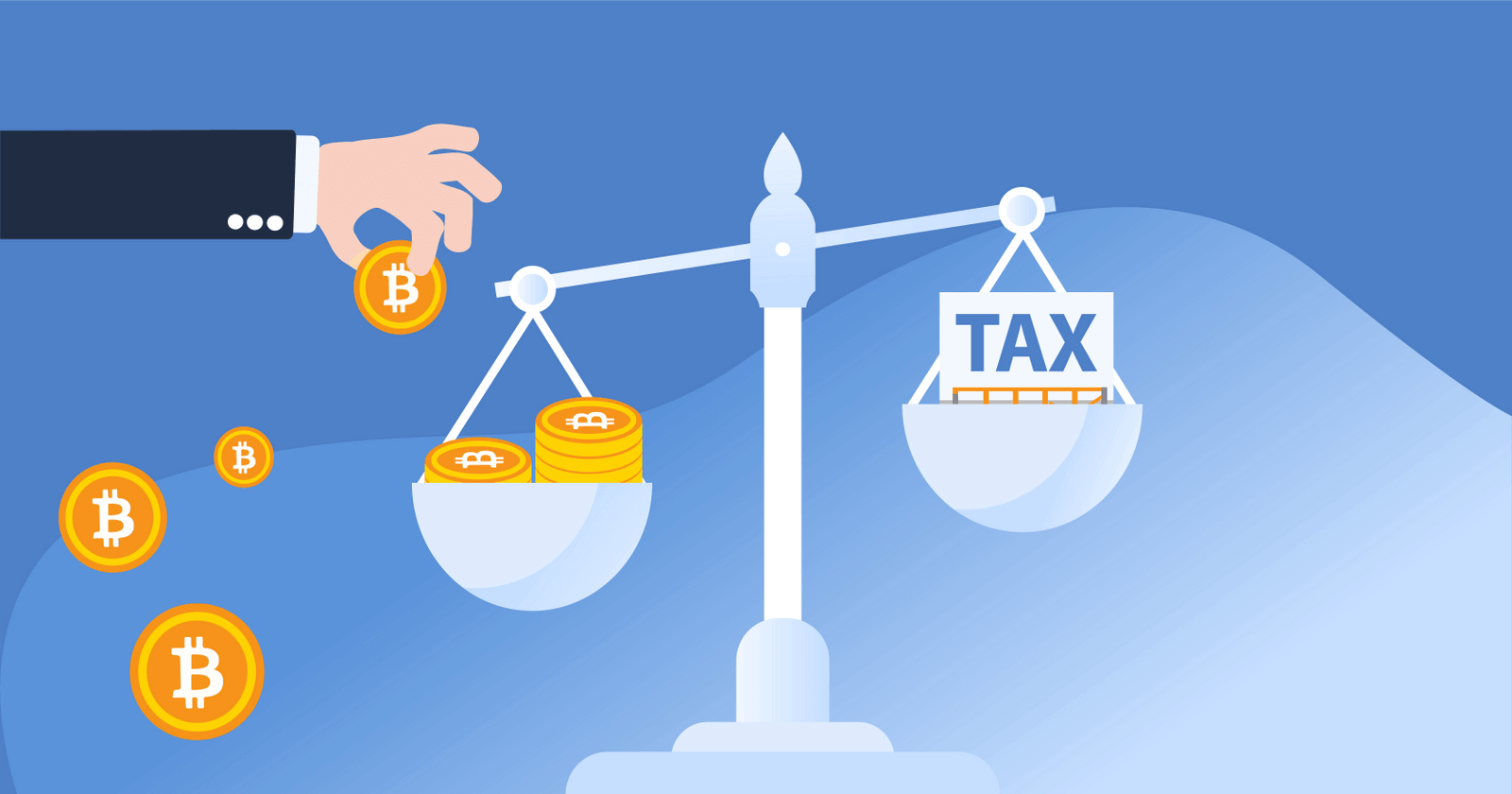.jpg)

Key Takeaways
- Hyperliquid combines the best of centralized and decentralized exchanges — offering fast speeds, low fees, and advanced trading tools like perpetual derivatives.
- Hyperliquid is powered by its own Layer-1 blockchain and the HYPE token — which was launched via airdrop in 2024.
What is Hyperliquid?
.jpeg)
Hyperliquid is a decentralized exchange (DEX) built on its own Layer-1 blockchain, offering traders low fees, fast transactions, and advanced trading tools like perpetual derivatives.
Hyperliquid is designed to offer the best features of centralized and decentralized exchanges. While the platform is not controlled by any intermediary, it offers a user experience similar to centralized exchanges like Coinbase and Kraken.
Why use Hyperliquid?
Let’s walk through some of the key features of Hyperliquid:
- Low fees and 1-click trading.
- Direct deposits from over 30 chains, including Ethereum, Solana, and Base.
- Access to spot, margin, and perpetual trading
Hyperliquid also offers third-party developers the opportunity to build their own financial applications!
With over 300,000 users and more than $4 billion in daily trading volume, Hyperliquid offers a fantastic trading experience for both retail and institutional traders.
Currently, you can sign up for Hyperliquid using your email address. At this time, no KYC is required!
Who created Hyperliquid?
Hyperliquid Labs was founded by Jeff Yan and Iliensinc, classmates from Harvard. The team includes experts from institutions like Caltech, MIT, Citadel, and Hudson River Trading.
Jeff Yan, a former co-founder of the centralized exchange Chameleon Trading. Yan and his team pivoted to Hyperliquid after the collapse of FTX — which caused a gap in the market for a derivatives exchange.
The Hyperliquid Labs team chose to remain self-funded, ensuring independence from venture capital and focusing on delivering an efficient, transparent trading platform.
How does Hyperliquid offer such fast speeds?
Let’s explore how Hyperliquid is able to offer faster speeds than other decentralized exchanges:
Centralization: Hyperliquid is considered relatively centralized compared to other Layer-1 blockchains. Currently, Hyperliquid has 16 validators that ensure the security of the blockchain. Meanwhile, Ethereum has more than 800,000 validators.
Consensus Mechanism: Hyperliquid uses a novel consensus mechanism called Hyper BFT. This consensus mechanism can confirm up to 200,000 transactions per second using Byzantine Fault Tolerance.
Order book: Most centralized exchanges use order books to quickly match buyers to sellers. While most decentralized exchanges don’t offer order books because they require high throughput, Hyperliquid is able to do so using its centralized structure and unique consensus mechanism.
What sets Hyperliquid apart from decentralized exchanges like Uniswap?
You may be wondering what makes Hyperliquid different from other popular decentralized exchanges like Uniswap.
Uniswap is built on Ethereum — which is considered highly secure and decentralized but offers slower speeds. Transactions on Uniswap take multiple clicks to confirm, and advanced instruments like margin and perpetuals are not available.
By building a Layer-1 blockchain from the ground up and choosing a more centralized structure, Hyperliquid is able to offer faster speeds and a better user experience — including 1-click trading and advanced instruments!
What are the downsides of Hyperliquid?
Withdrawals: Currently, USDC is the main cryptocurrency supported for withdrawals. If you wish to withdraw another cryptocurrency from Hyperliquid, you likely first have to convert to USDC.
Centralized: Some have criticized Hyperliquid for its relatively centralized structure. Critics claim that the protocol is not truly ‘decentralized’ in comparison to other Layer-1 blockchains like Ethereum.
Not battle-tested: As a relatively new protocol, Hyperliquid has not been ‘battle-tested’ like other decentralized finance applications. The crypto community has not yet seen Hyperliquid respond to a cyberattack or sudden market crash.
What is a perpetual exchange?
Hyperliquid offers perpetual and margin trading.
Perpetual exchanges allow traders to buy and sell futures contracts with no expiration date, provided they maintain the required margin. These contracts allow users to buy cryptocurrency using leverage!
For example, with 10x leverage, a $1,000 deposit can control a $10,000 position. If Bitcoin rises from $30,000 to $35,000, a long position could yield significant profits. However, it’s important to note that leverage could lead to increased losses!
Hyperliquid supports leverage up to 50x, depending on the asset.
What is the HYPE Token?
In 2024, Hyperliquid launched its native token, HYPE, via an airdrop to nearly 100,000 users. The airdrop was labeled ‘the most valuable ever’ — with 12% of recipients receiving between 5,000-10,000 tokens. Within weeks, this amount of HYPE was worth more than $140,000.
Because Hyperliquid did not receive funding from venture capitalists, most of the airdrop went to the community. 75% of HYPE tokens were distributed to current and future users.
More than 20% of HYPE tokens were distributed to ‘core contributors’ — which include Hyperliquid Labs developers. To help prevent a potential insider sell-off, these tokens do not vest until 2027-2028.
Within three months of its launch, HYPE achieved a market cap exceeding $9 billion, ranking among the top 20 cryptocurrencies.
Key Benefits of HYPE:
- Governance: Token holders can participate in decision-making for the platform.
- Gas fees: HYPE can be used to pay gas fees on the Hyperliquid on the blockchain.
- Limited supply: HYPE’s supply is capped at 1 billion tokens.
HYPE’s limited supply and utility make it an attractive investment. If the Hyperliquid platform gains traction, it’s likely that the value of HYPE will continue to rise.
What is HYPE staking?
Hyperliquid unveiled HYPE staking at the end of 2024 — allowing investors to earn passive income and help verify transactions.
Currently, HYPE offers relatively low staking rewards — currently just over 2% at the time of publication!
Is Hyperliquid secure?
Hyperliquid prioritizes security with third-party audits and a bug bounty program. However, as a newer blockchain, it’s considered riskier than Layer-1s like Ethereum.
In late 2024, Hyperliquid saw significant outflows due to concerns over a potential attack by North Korea-linked hackers.
Over $256 million was withdrawn within 30 hours, causing the HYPE token price to drop by 25%. Despite the panic, Hyperliquid was not exploited, highlighting its robust security measures.
Conclusion
Hyperliquid offers advanced trading tools, unique features, and a strong commitment to user-focused development. After its generous airdrop to users, Hyperliquid is establishing itself as a leader in the DeFi space.
Frequently asked questions
- What is Hyperliquid?
Hyperliquid is a decentralized exchange and Layer-1 blockchain that offers a trading experience similar to centralized exchanges like Coinbase and Kraken.
- Is Hyperliquid safe?
While Hyperliquid does have security measures like a bug bounty program, it's a relatively new platform and is not as battle-tested as blockchains like Ethereum.
- What chain is Hyperliquid on?
Hyperliquid is built on the Hyperliquid blockchain — a brand new Layer-1 built for scalability!
- What is the block time for Hyperliquid?
Hyperliquid is built for speed — with block confirmations taking less than a second!
How we reviewed this article
All CoinLedger articles go through a rigorous review process before publication. Learn more about the CoinLedger Editorial Process.

CoinLedger has strict sourcing guidelines for our content. Our content is based on direct interviews with tax experts, guidance from tax agencies, and articles from reputable news outlets.






























%20(1).png)





.png)
















